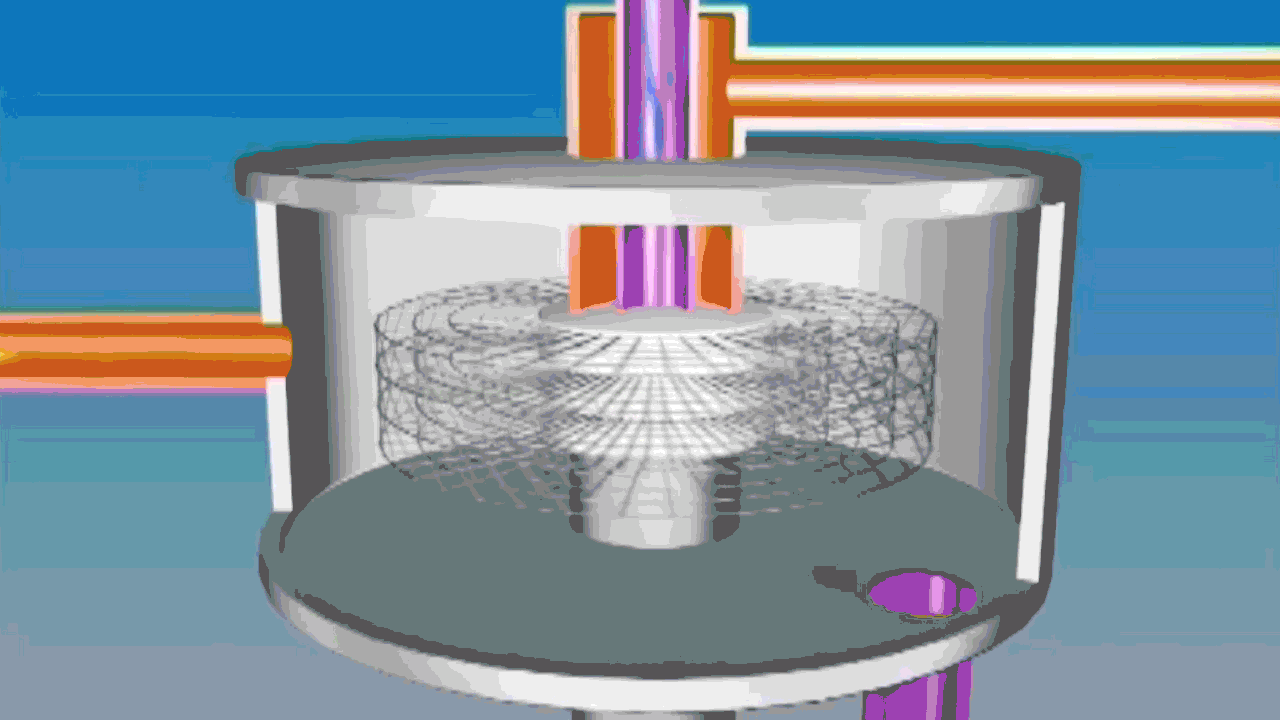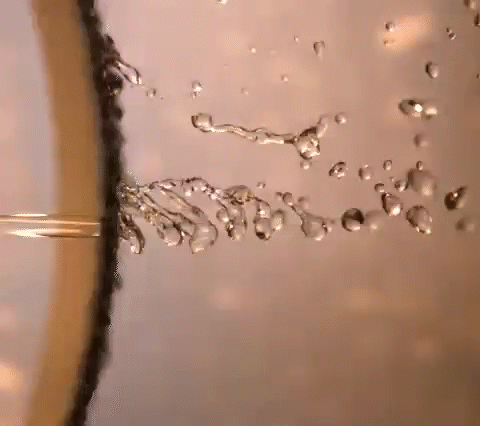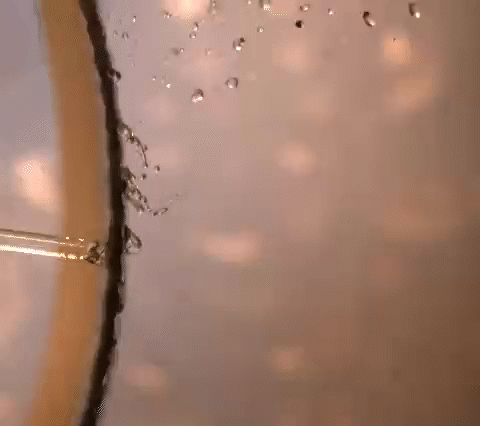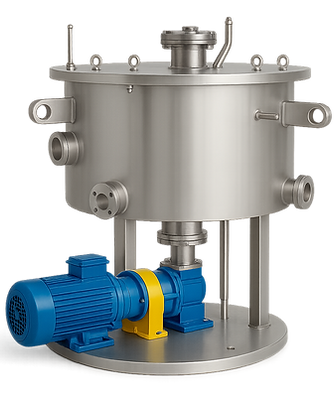higee
Technology
HiGee technology, or high gravitational technology, is revolutionizing the way we approach various fields, from aerospace to healthcare. By harnessing the power of enhanced gravitational forces, this innovative technology allows for improved performance and efficiency in numerous applications. Explore how HiGee technology is pushing boundaries and opening new horizons for advancements in science and industry. Join us on this exciting journey towards a future shaped by gravitational innovation.
REPLACING THE TRADITIONALS
OUR STRENGTH
_edited.png)
Stirring Tank
Distillation Tower
_edited.png)
Packed /
Scrubbing Tower
_edited.png)

Enhance product quality and purity
Significantly reduce equipment size
Lower energy and operating costs
Increase process efficiency and safety
ROTATING PACKED BED
(RPB)
ROTATION
The rotor's rotation generates centrifugal forces that stimulate a high-gravity environment.

INTENSIFICATION
Increased surface area droplets significantly improves gas-liquid mass transfer.
FRAGMENTATION
Liquid flows through porous packing and fragmented into fine droplets, thin films and filaments.
HiGee RPB Internal Flow Mechanism: Gas-Liquid Mass Transfer in Action
Liquid Inlet
Gas Outlet
Liquid Phase Motion under Centrifugal Force

Gas Inlet



Liquid Outlet




ACCELERATION
SHEAR
BREAK
SEPERATION
Liquid subjected to circumferential force, generating tangential velocity.
Packing shears liquid phase under centrifugal force.
Liquid phase is broken into smaller elements.
Liquid detach from packing and moves to next interface.
CUT THE COLUMN, NOT THE PERFORMANCE!
200+
INDUSTRIALISED RPBs

800+
PILOT RPBs DELIVERED
10x - 1000x Gravity:
The centrifugal force generated by the HiGee technology rotor simulates a gravity field of 10-1000times stronger than Earth's gravity
10-100 μm Droplets:
The packing inside the rotor tears the liquid into tiny droplets, filaments, and flms.

10-100x Mass Transfer:
The increased effective contact area between gas andliquid results in superior mass transfer performance.
0.01-0.1ms Residence Time: The short residence time enhances reaction and separation effciency, improving processes limited by mass transfer and mixing


